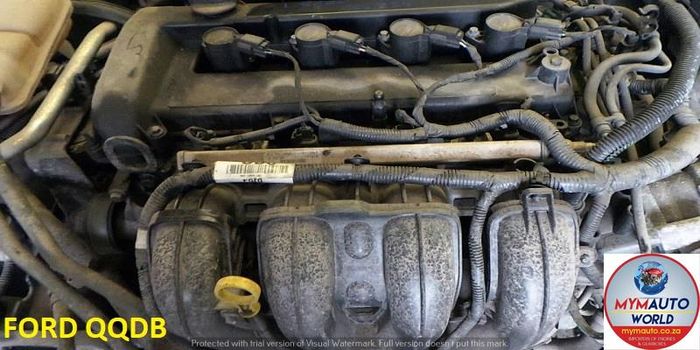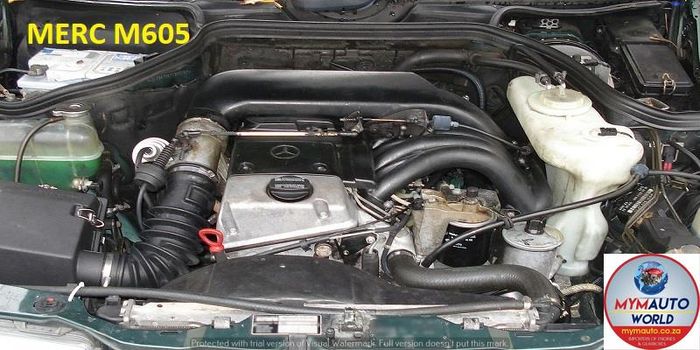Enhance Your Trip with a High-Quality Opel Corsa Engine
Enhance Your Trip with a High-Quality Opel Corsa Engine
Blog Article
Discovering the Inner Functions of a Compact Automobile's Engine System
As drivers, we usually take for given the elaborate procedures that occur within the boundaries of our lorry's engine system. In this expedition of a small automobile's engine system, we will certainly unravel the inner workings of this mechanical harmony, losing light on the enigmas that drive us forward on our day-to-day trips.
Combustion Process Review
The combustion procedure in a small automobile's engine system is an essential device that efficiently converts fuel right into energy to power the car. This procedure happens within the burning chamber of the engine, where fuel and air mix, ignite, and generate controlled explosions. The burning process contains 4 primary phases: intake, exhaust, compression, and power.
Throughout the consumption stage, the piston moves downward, pulling in a mix of air and gas right into the combustion chamber. The following stage, compression, involves the piston relocating upwards, pressing the air-fuel mix to enhance its effectiveness. Ultimately, in the power stage, the ignition system ignites the compressed blend, leading to a rapid development of gases that requires the piston pull back. This down activity creates the power needed to drive the vehicle. In the exhaust stage, the burnt gases are expelled from the burning chamber with the exhaust valve, preparing the chamber for the following cycle. This cyclic combustion procedure is fundamental to the operation of a compact automobile's engine system, ensuring efficient energy conversion for propulsion.
Piston and Cylinder Interaction

The piston's exact fit within the cyndrical tube is essential for maintaining ideal compression and protecting against power loss throughout burning. Tight clearances between the piston and cylinder walls ensure efficient sealing, enabling the piston to move smoothly without allowing gases to leak past. Appropriate lubrication is likewise important to decrease friction and wear in between these parts, improving durability and performance.
Additionally, the design and materials utilized in manufacturing the piston and cylinder influence engine effectiveness and longevity. Modern engines often use light-weight yet long lasting materials like aluminum alloys for pistons and cyndrical tube linings to decrease inertia and enhance thermal effectiveness. Generally, the harmonious communication in between the piston and cyndrical tube is essential to the engine's performance and general efficiency.
Fuel Shot System Performance
Gas injection systems in compact vehicle engines play an important role in precisely delivering gas to the combustion chamber for effective and controlled ignition. The fuel injection system works by infusing fuel into the burning chamber at the optimum minute throughout the engine's operation (opel corsa engine). This precise timing makes certain that the gas blends equally with the air for correct burning, leading to enhanced fuel efficiency and lowered exhausts
There are mostly 2 types of gas injection systems this contact form utilized in compact automobile engines: port fuel injection (PFI) and direct gas injection (DFI) PFI systems infuse fuel into the intake port prior to the intake valve, while DFI systems inject fuel directly into the combustion chamber. Both systems have their advantages, with DFI supplying much better fuel atomization and PFI providing an extra cost-effective solution.
Recognizing Engine Air Conditioning Mechanisms
Reliable procedure of a portable car's engine relies greatly on the performance of its cooling mechanisms. Engine cooling is necessary to avoid getting too hot, which can lead to helpful site significant damage and reduced performance. The cooling system in a portable lorry typically includes numerous elements interacting to control the engine temperature level. One important component is the radiator, which utilizes coolant to take in heat from the engine. As the warm coolant streams through the radiator, it launches warmth into the air, cooling down before going back to the engine. The water pump circulates the coolant with the engine and radiator, ensuring a constant circulation to manage temperature level. In addition, the thermostat helps control the coolant circulation to maintain optimum engine temperature. Some vehicles additionally have cooling down fans that trigger when additional air conditioning is required, such as during heavy web traffic or hot weather condition. Comprehending these engine air conditioning devices is essential for keeping the efficiency and longevity of a portable automobile's engine system.

Exhaust System Elements Explained
The optimal functioning of a portable car's engine cooling mechanisms depends upon a corresponding system called the exhaust system, which consists of different essential parts for guaranteeing efficient discharges and engine performance. The exhaust system includes elements such as the exhaust manifold, catalytic converter, muffler, and tailpipe. The exhaust manifold accumulates exhaust gases from the engine's cyndrical tubes and paths them to the catalytic converter. The catalytic converter then transforms hazardous pollutants in the exhaust into much less dangerous exhausts before releasing them with the muffler and tailpipe.
One important part of the exhaust system is the oxygen sensor, which keeps an eye on the oxygen degrees in the exhaust gases to aid control fuel usage and ensure optimal engine performance. opel corsa engine. Furthermore, the resonator may be existing in some exhaust systems to minimize noise levels. Generally, the exhaust system plays an see here essential duty in maintaining engine efficiency, decreasing hazardous discharges, and ensuring a quieter driving experience for compact lorry owners

Conclusion
Finally, the compact car's engine system is an intricate combination of parts that collaborate to help with the combustion process, transform fuel into energy, and remove waste gases. Recognizing the internal operations of the engine system, including the piston and cyndrical tube interaction, fuel injection system, engine cooling mechanisms, and exhaust system elements, is vital for maintaining ideal efficiency and effectiveness of the vehicle.
The burning procedure in a compact automobile's engine system is a critical system that successfully transforms gas right into power to power the automobile.Gas injection systems in portable automobile engines play an important duty in exactly supplying gas to the burning chamber for effective and regulated ignition.There are mainly two types of fuel injection systems used in small automobile engines: port gas injection (PFI) and straight fuel shot (DFI) Recognizing these engine air conditioning systems is important for keeping the efficiency and long life of a portable lorry's engine system.
The optimal performance of a compact lorry's engine air conditioning systems depends on a complementary system understood as the exhaust system, which makes up numerous essential elements for guaranteeing reliable discharges and engine efficiency.
Report this page